
Whenever I think of the power of childhood memories, I am reminded of the MFA graduate lecture of author Sarah Sullivan while we were classmates at Vermont College. Sarah guided us in an exercise that asked us to remember a place where as a child we felt safe, a place where we felt “cradled in security.” She helped us through a series of guided questions to remember that place and suggested that in some ways we're always longing to go back. We began by drawing the place, sketching in details as best we could remember. Once immersed emotionally and visually in our “safe place”, we were asked to gradually ponder these questions: “What do you see? What do you hear? What do you smell? Are there people around you? Is there an animal nearby? What is above you? (a ceiling? tree branches? the sky?) What is below you? (water? grass? a floor?) What do you remember?”
“Without our memories, what are we?” asks Leonard Pitts in a recent column. “We are the equation after the blackboard has been wiped, the sandcastle after the wave—smeared images and shapeless shapes melting into the sand.” (Chicago Tribune, p. 18, 10/30/14) He's referring to recent visits with a favorite aunt who's now living through the lens of Alzheimer’s. Yet she still remembers. Maybe not what happened ten minutes ago, but what happened fifty years ago. She remembers how to sing “The Way You Do the Things You Do” with the Temptations and how to hug her nephew, and what it feels like to go to the movies. Leonard Pitts’ fond remembrances of his aunt echo the emotional resonance of the novel The Madonnas of Leningrad by Debra Dean, a story that shows how the mundane present existence of an Alzheimer’s patient can’t hold a candle to her powerfully moving memories of life decades earlier when she helped rescue art treasures during the Nazi invasion of her hometown in Leningrad. Without our memories, what are we?
Maybe the old adage, write what you know, would be better phrased, write what you remember, write what you feel. Sarah Sullivan’s memory exercises are powerful methods to get at what matters most in a story, what Sarah calls “the emotional truth, the stirrings of a writer’s heart, the wood smoke rising between the lines.”
“Without our memories, what are we?” asks Leonard Pitts in a recent column. “We are the equation after the blackboard has been wiped, the sandcastle after the wave—smeared images and shapeless shapes melting into the sand.” (Chicago Tribune, p. 18, 10/30/14) He's referring to recent visits with a favorite aunt who's now living through the lens of Alzheimer’s. Yet she still remembers. Maybe not what happened ten minutes ago, but what happened fifty years ago. She remembers how to sing “The Way You Do the Things You Do” with the Temptations and how to hug her nephew, and what it feels like to go to the movies. Leonard Pitts’ fond remembrances of his aunt echo the emotional resonance of the novel The Madonnas of Leningrad by Debra Dean, a story that shows how the mundane present existence of an Alzheimer’s patient can’t hold a candle to her powerfully moving memories of life decades earlier when she helped rescue art treasures during the Nazi invasion of her hometown in Leningrad. Without our memories, what are we?
Maybe the old adage, write what you know, would be better phrased, write what you remember, write what you feel. Sarah Sullivan’s memory exercises are powerful methods to get at what matters most in a story, what Sarah calls “the emotional truth, the stirrings of a writer’s heart, the wood smoke rising between the lines.”
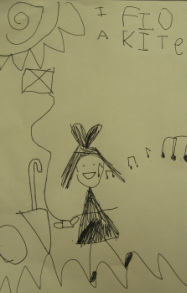
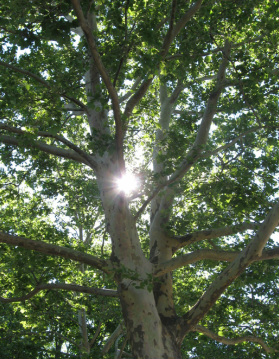
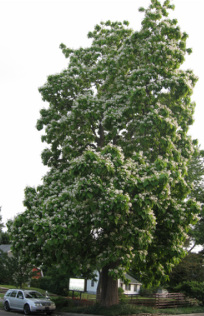
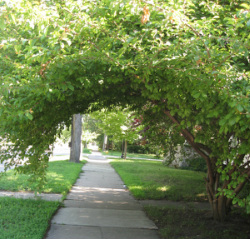
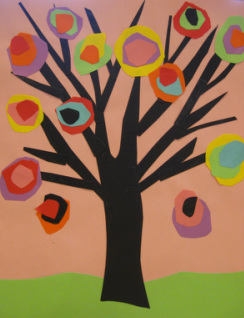
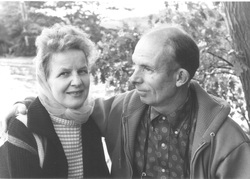

 RSS Feed
RSS Feed